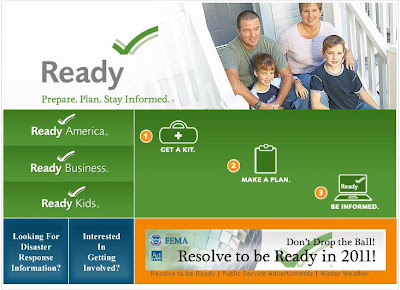By the end of 2009 I was able to clear my main level of clutter, sending hundreds of items out my door via Freecycle and donations. Some spackle, paint, and flooring later, I finally had a comfortable main level.
This blog focused on me reclaiming the basement level from decades of clutter without harming family members. That is now accomplished.
As of January, 2011, the basement room (site of the previous 'incredibly embarrassing before video') became a livable space. It's almost unbelievably better than it was in summer 2010.
The incredibly embarrassing BEFORE video - August 11, 2010
Capping things off, Brooks Duncan of DocumentSnap.com interviewed me for his very cool Paperless Document Organization Guide. I'm the 'Windows-using Physicist who has some clever ideas for naming bills, and the human side of dealing with clutter.'
The next mission for my basement space is housing a relative during a life transition. Three years ago I wouldn't have been able to help, because of clutter. So I declare the clutter sufficiently conquered.
Now to maintain the gains achieved to date and make incremental progress. It will be the work of a lifetime, that. But for now, I officially declare that we are about to live 'Happily Ever After.'
________________
P.S. In the mean time, I've been able to pursue my passion of creating an aquaponics system, the purpose I found that really inspired me to push through to complete the job. The aquaponics thing has bloomed into its own blog (3x5aquaponics.blogspot.com) and I now have a greenhouse with a moderately impressive aquaponics system. Love to have you come see what I've been doing on that front!







